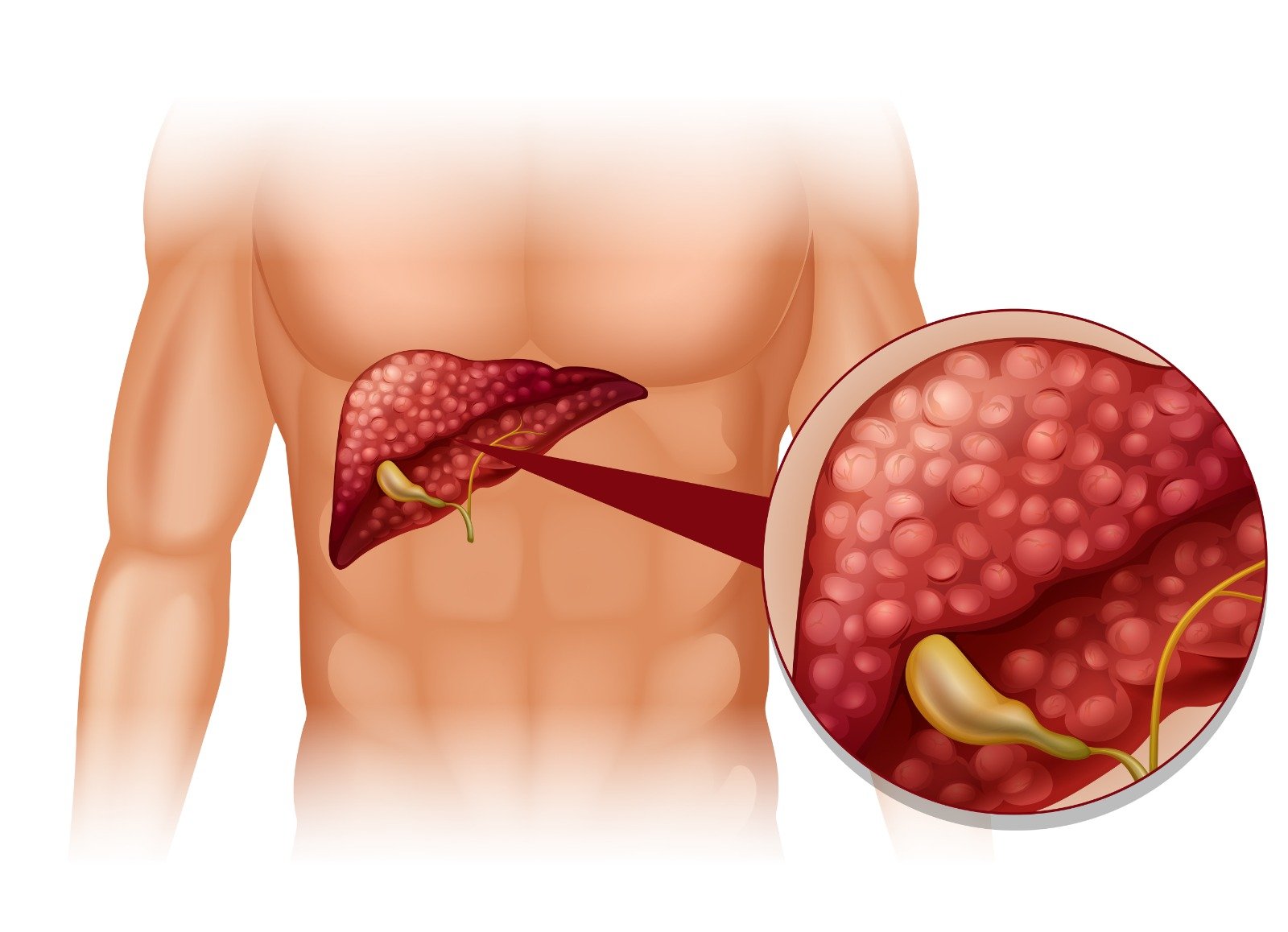
Upper Endoscopy
Upper Endoscopy is the visual examination of the esophagus, stomach, and duodenum. This test is used to evaluate health conditions such as heartburn, ulcers, abdominal pain, and other upper digestive disorders.
What is upper gastrointestinal (GI) endoscopy?
Upper GI endoscopy is a procedure in which a doctor uses an endoscope—a long, flexible and slim tube with a camera—to see the lining of your upper GI tract. A gastroenterologist performs the procedure under light sedation. Your doctor may also call this procedure an EGD or esophagogastroduodenoscopy.
Why do doctors use upper GI endoscopy?
Upper GI endoscopy can help find the cause of unexplained symptoms, such as:
- Persistent heartburn
- Blood in vomitus
- Nausea and vomiting
- Pain in abdomen
- Swallowing Problems
- Unexplained weight loss
Upper GI endoscopy can also find the cause of abnormal lab tests, such as:
- Anaemia
- Nutritional deficiencies
Upper GI endoscopy can identify many different diseases:
- Anaemia
- Gastroesophageal reflux disease
- Ulcers
- GI Cancer
- Inflammation, or swelling
- Precancerous Lesions
- Celiac disease
- UGI Bleed source
During upper GI endoscopy, your doctor obtains biopsies by passing an instrument through the endoscope to obtain a small piece of tissue. Biopsies are needed to diagnose conditions such as:
- Cancer
- Celiac disease
- Gastritis
We also use upper GI endoscopy to treat conditions such as bleeding ulcers dilate strictures with a small balloon passed through the endoscope remove objects, including food, that may be stuck in the upper GI tract.
